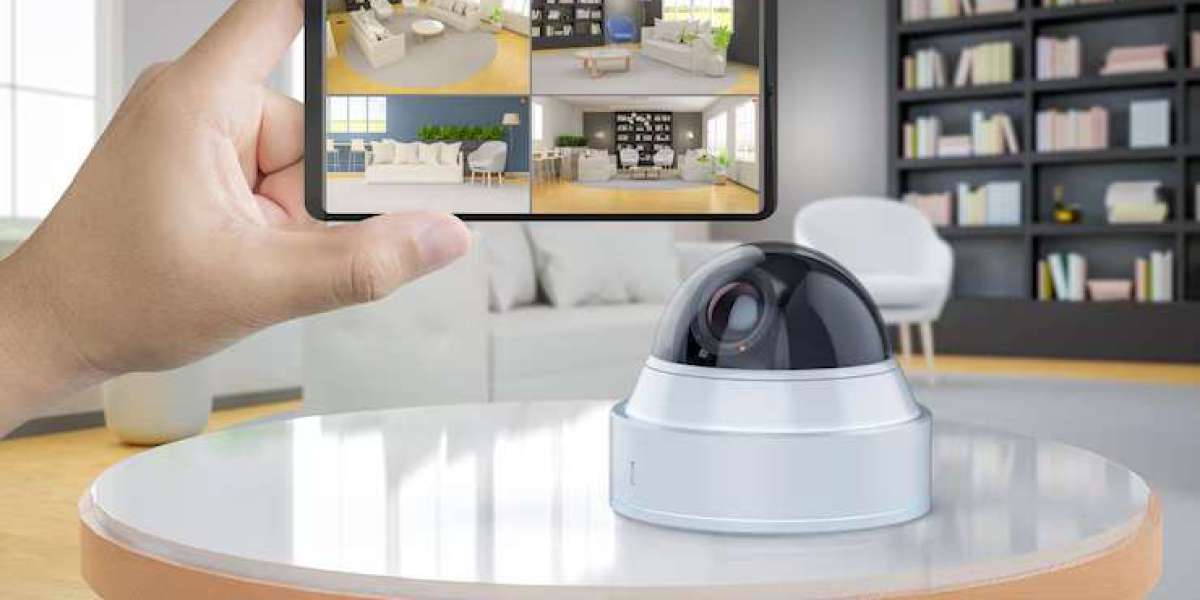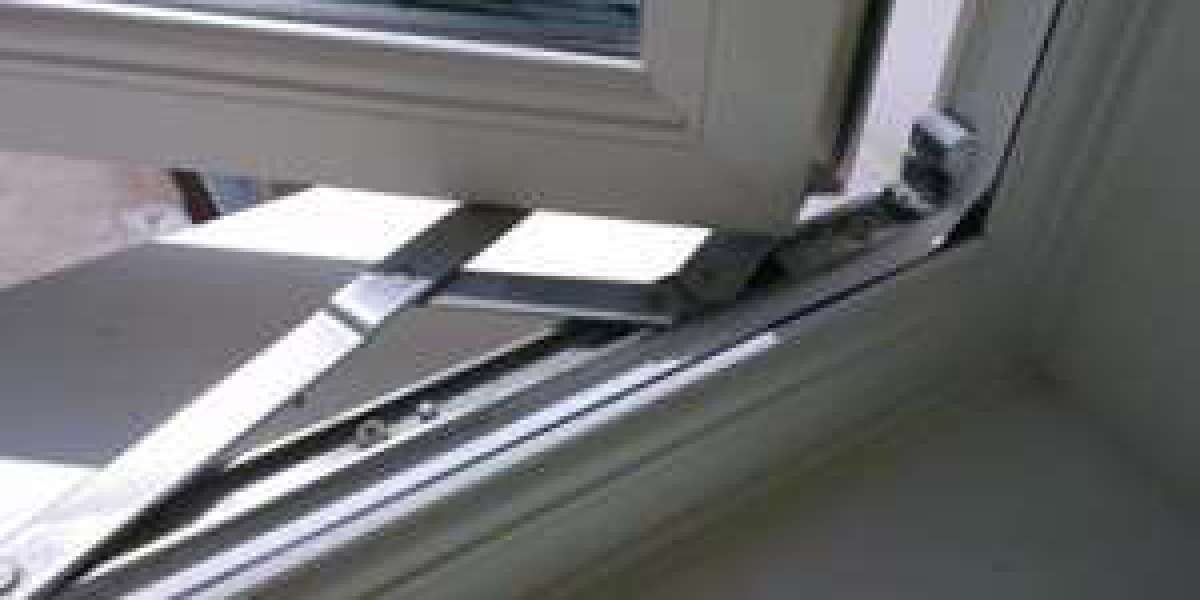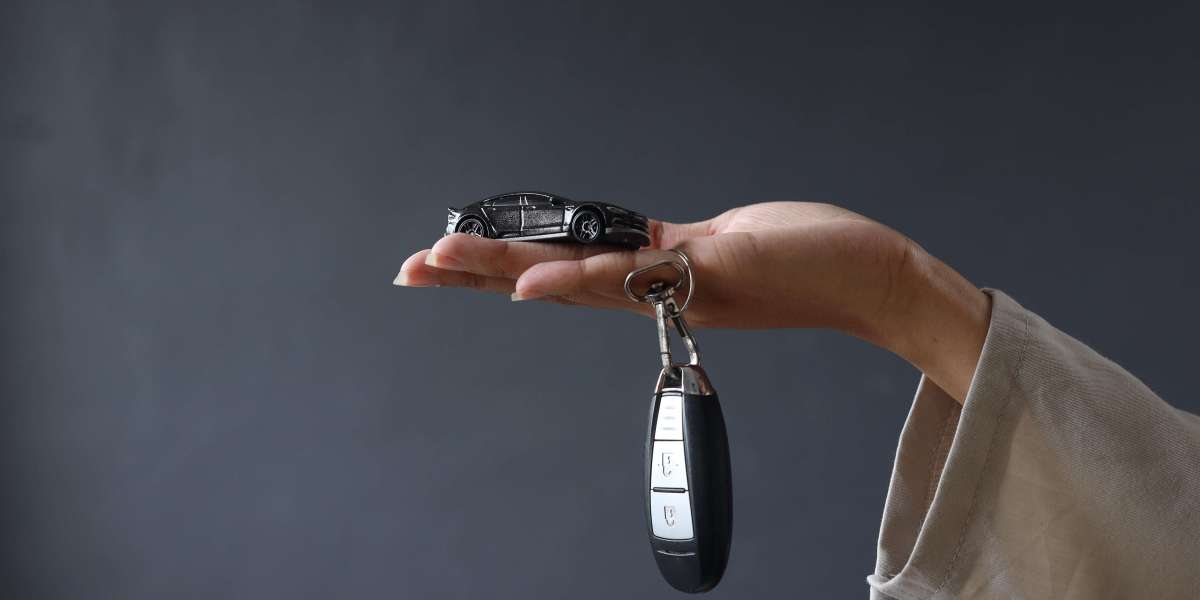When it comes to protecting your property, a reliable outdoor security system is one of the most effective defenses. Whether you're securing a single-family home, a small business, or a larger property, having the right combination of cameras, alarms, and supporting technology can make all the difference. This guide will walk you through key components to consider—including camera types, alarm systems, and license plate recognition options—so you can make an informed decision that suits your needs.
The Foundation: Outdoor Night Vision Camera
A strong security setup starts with high-quality outdoor night vision cameras. These cameras allow for 24/7 surveillance, even in complete darkness. Most modern models use infrared (IR) LEDs, which emit invisible light to capture clear footage during the night.
When choosing an outdoor night vision camera, consider the following:
Night range: How far the camera can see in the dark.
Weather resistance: Cameras should be rated IP66 or higher for outdoor use.
Resolution: Aim for 1080p or higher to ensure footage is clear and usable.
Outdoor night vision cameras are especially important for monitoring entry points, driveways, and backyards where activity is harder to detect after sunset.
Building a Balanced System: 4 Camera and 8 Camera Setups
For smaller homes or apartments, a 4 camera security system may be enough. It typically covers the front door, back door, garage, and main living area. These systems are easier to install and manage, while still offering full coverage for key access points.
Larger homes and businesses may benefit more from an 8 camera security system, which adds additional coverage for side yards, multiple entrances, or interior zones like storage rooms. The benefit of going with more cameras is peace of mind—you’ll know you're not leaving any blind spots.
Most 4 and 8 camera systems are available in both wired and wireless options. Wired systems generally offer more reliability, while wireless ones are easier to set up and scale.
Integrating Smart Alarms: DSC and Honeywell Systems
Security cameras are only part of the equation. A smart alarm system adds an extra layer of deterrence and response.
Two of the most common alarm options used in both residential and commercial settings are the Honeywell alarm system and the DSC security system. Both systems can be integrated with your camera network and offer features like:
Entry and motion detection
Smartphone notifications
Remote arming/disarming
Integration with smart locks or lights
A DSC alarm panel provides a central control unit for arming zones, customizing alerts, and managing devices. These panels are user-friendly and offer flexible settings tailored to your lifestyle or business hours.
Smart Surveillance with LPR Cameras
A LPR camera (License Plate Recognition camera) adds an advanced layer to your security network. These cameras are specifically designed to capture license plate numbers clearly, even at high speeds or in poor lighting conditions.
LPR cameras are ideal for:
Gated communities
Parking lots
Commercial properties
Apartment complexes
They help with tracking visitor entry and can be integrated with gate access systems or alarms to trigger alerts when a blacklisted plate is detected. While not every home setup needs LPR functionality, they’re essential for locations where vehicle monitoring is critical.
Exploring Popular Brands: Lorex Security Cameras
Lorex security cameras are a widely recognized option in the surveillance world. They offer a wide range of products, from bullet and dome cameras to NVR-based systems with advanced features like motion zones and mobile alerts.
While Lorex provides decent functionality for most home setups, it's important to compare your options. Look for features like expandable storage, compatibility with third-party systems, and multi-user access to find the system that works best for your needs.
What Makes the Best Security Cameras?
The best security cameras aren’t necessarily the most expensive. It comes down to a balance of quality, functionality, and ease of use. Here are some features to prioritize:
High-resolution imaging (1080p or 4K)
Weatherproof design
Reliable night vision
Remote access and control
Motion detection and alerts
Easy integration with alarms and smart home systems
You may also want to consider whether you prefer a cloud-based system or local storage via SD cards or NVRs.
A Look at Integration and Scalability
Many people start small with a few cameras and an alarm system, but security needs often grow. That’s why choosing a system that’s easy to expand is important. Whether you're adding more outdoor night vision cameras or upgrading to a smarter DSC security system, scalability matters.
Look for platforms that support additional cameras, alarm zones, and smart integrations without requiring a full system replacement. This approach helps keep your system current and adaptable without breaking the bank.
Final Thoughts
Choosing the right security setup isn’t just about buying equipment—it’s about understanding your space, needs, and long-term goals. From a basic 4 camera security system to an advanced setup with LPR cameras and smart alarms, a thoughtful approach will deliver peace of mind.
Backstreet Surveillance offers a wide variety of professional-grade options that can be tailored to fit both residential and commercial needs.









